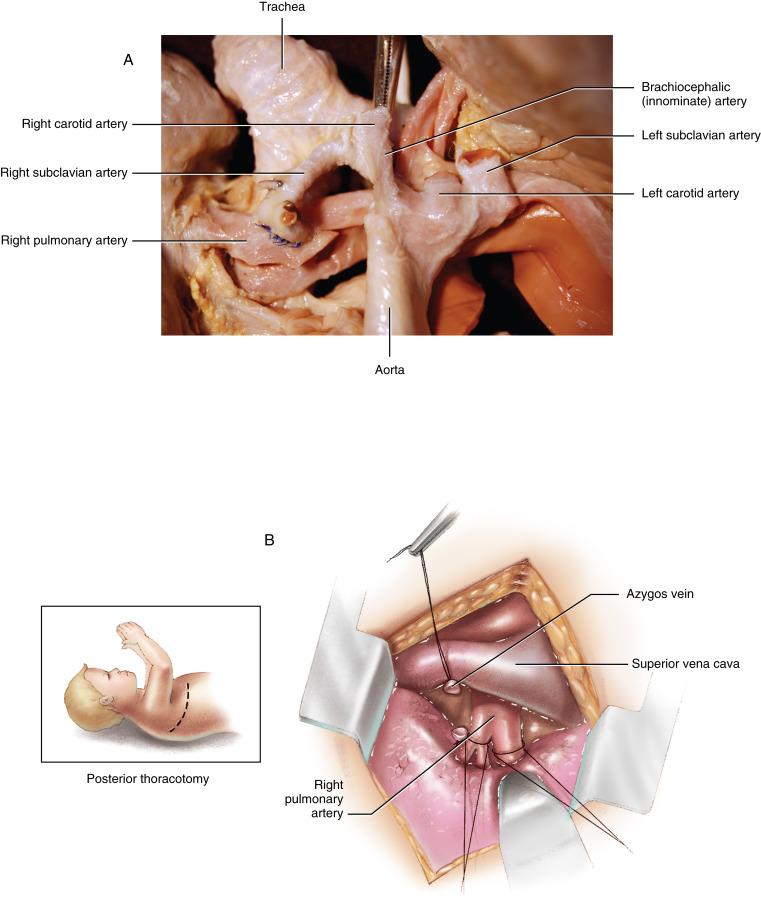Physical Address
304 North Cardinal St.
Dorchester Center, MA 02124
Operations have been devised to improve hemodynamics and balance blood flow in complex congenital cardiac anomalies. These operations are performed in a staged manner, to allow intervention for complete repair at a later time when the patient’s age and size and the clinical situation are more conducive to a successful outcome.
Prior to the landmark work of Alfred Blalock, MD, surgery for “blue” babies was not performed. The feasibility of anastomosis of a systemic artery to a pulmonary artery was demonstrated experimentally and carried to the operating room by Blalock and associates in 1944. The initial operation in a 15-month-old girl weighing 4 kg involved anastomosis of the left subclavian artery to the left pulmonary artery. The right innominate or subclavian artery was used for anastomosis in subsequent operations.

Become a Clinical Tree membership for Full access and enjoy Unlimited articles
If you are a member. Log in here